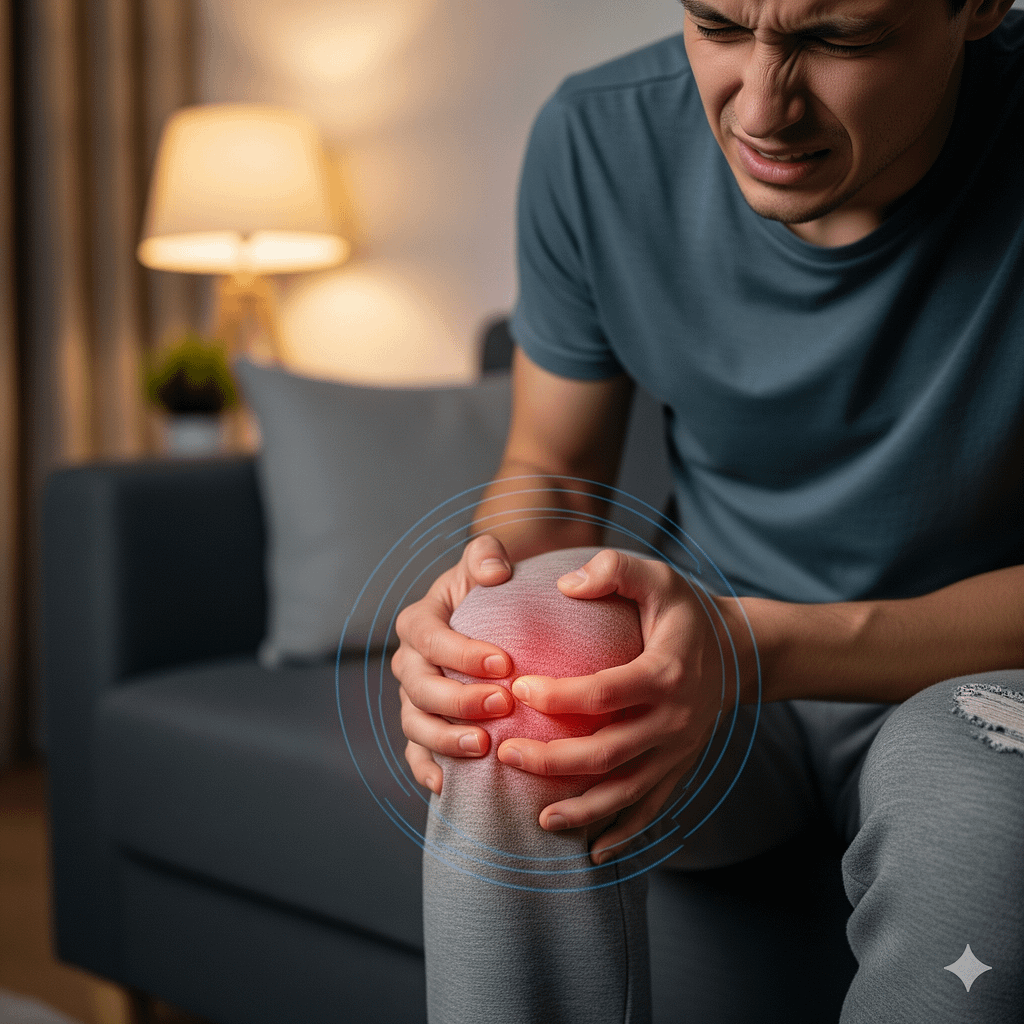Joint pain is a pervasive and often debilitating condition that affects people of all ages. While many people associate joint pain with old age, it can also be a warning sign of an underlying health issue at any point in life. Ignoring the early signs of joint pain can lead to irreversible damage and a significant decrease in your quality of life. Understanding and acting on these symptoms is the first step toward effective management and preserving your mobility. This article will reveal the proven 10 early signs of joint pain you need to know and why paying attention to your body is more crucial than ever.
The Proven 10 Early Signs of Joint Pain You Need to Know
Recognizing the early signs of joint pain is key to seeking timely treatment and preventing the condition from worsening. Here are the 10 most common warning signals your body sends:
1. Persistent Stiffness, Especially in the Morning: One of the most telling early signs of joint pain is morning stiffness. If you wake up with stiff joints that take more than 30 minutes to “loosen up,” it could be a warning sign. This stiffness is a common feature of inflammatory conditions and should not be dismissed as a simple part of aging.
2. Swelling and Redness: When you notice swelling or redness around a joint, it’s a clear indication that something is wrong, and this points to early signs of joint pain. Swelling is often a result of fluid buildup and inflammation, a core component of many forms of joint disease. This is one of the early signs of joint pain to watch out for.
3. Warmth to the Touch: Along with redness and swelling, a joint that feels warm to the touch can signal inflammation. This warmth is a direct result of increased blood flow to the area as the body’s immune response is activated. When you detect this, consider it a serious one of the early signs of joint pain.

4. Reduced Range of Motion: If you find it difficult to fully bend or straighten a joint that was once flexible, it could be a developing issue or an early sign of joint pain. This reduced range of motion is a classic example of the early signs of joint pain and often indicates cartilage degradation or muscle tightening around the joint.
5. Creaking, Grinding, or Cracking Sounds: While some joint sounds are normal, a persistent creaking or grinding sensation (known as crepitus) is a major one of the early signs of joint pain. This sound often occurs when the joint’s cartilage has thinned, causing bones to rub against each other.
6. Pain After Inactivity: Do your joints ache after sitting for a long time or when you get up after a nap? Pain that is triggered by periods of rest is one of the distinct early signs of joint pain and is a common symptom of conditions like osteoarthritis.
7. Visible Joint Deformity: In some cases, chronic inflammation can lead to changes in the joint’s physical appearance. While this might seem like a later stage, even a subtle shift in the shape or alignment of a finger or toe joint can be among the early signs of joint pain.
8. Feeling of Weakness or Instability: A joint that feels “unstable” or “gives way” unexpectedly is a serious red flag. This can be one of the more subtle early signs of joint pain, resulting from weakened muscles or ligaments that can no longer support the joint effectively.
9. Sudden Joint Pain That Comes and Goes: Unexplained joint aches that flare up and then subside, only to return later, are a perfect example of the early signs of joint pain. These periodic pains can be easy to dismiss, but they are a vital signal that a problem is developing.
10. Symmetrical Pain: For some autoimmune conditions like rheumatoid arthritis, the early signs of joint pain often manifest in a symmetrical pattern. This means if your right hand is affected, your left hand likely will be as well. This symmetry is a crucial clue for a correct diagnosis.
Why You Can’t Afford to Ignore These Early Signs of Joint Pain
Ignoring these early signs of joint pain is a mistake many people make. While it’s tempting to brush off a minor ache, that ache could be the beginning of a degenerative process. Early detection allows for the prompt initiation of treatments that can slow or even halt the progression of joint damage. This means you can maintain a higher level of mobility and avoid more invasive procedures down the line.
The good news is that medical science has made incredible strides in understanding and treating joint conditions. By recognizing the early signs of joint pain, you can work with a healthcare professional to create a targeted treatment plan. This may include lifestyle adjustments, physical therapy, medication, or other therapeutic approaches designed to manage your specific condition.
Taking Action: From Recognition to Relief
If you’ve identified any of these early signs of joint pain, it’s time to take action. Start by making an appointment with your doctor or a rheumatologist. Be prepared to discuss your symptoms in detail, including when they started, what makes them better or worse, and how they impact your daily life. A thorough examination and diagnostic tests can help confirm the cause of your joint pain.
In conclusion, understanding and identifying the early signs of joint pain is not just about managing discomfort—it’s about preserving your long-term health and freedom of movement. By listening to your body and acting on these warning signs, you can take control of your health and live a more active, fulfilling life, free from the constraints of chronic joint pain, thereby avoiding the early signs of joint pain.

